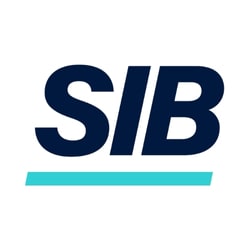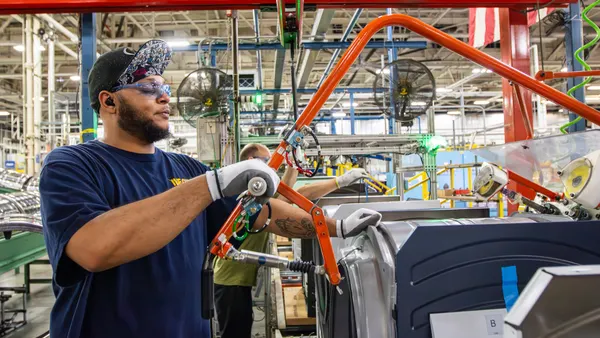Dive Brief:
-
A downside to today's historically low unemployment is elevated rates of professional burn-out, a survey released Tuesday by employment firm Robert Half finds.
-
The company's findings track a World Health Organization report released in May that categorizes burn-out as an “occupational phenomenon,” resulting from “chronic workplace stress that has not been successfully managed.”
-
In the Robert Half survey, 91% of employees say they feel some degree of burn-out daily. Left unchecked, that will lead many employees to leave, Kathy Downs, recruiting manager for Robert Half Finance & Accounting, told CFO Dive.
Dive Insight:
“If [employees] feel like there’s no end to their stress in sight, they’ll seek a new job,” said Downs. “And replacing those top performing employees is expensive and difficult.”
Robert Half developed the study with input from nearly 3,000 senior managers and nearly 3,000 office workers. When asked to rank the level of burnout among their employees on a scale of 1 to 10, with 10 being the most, the average response by managers was 5.6. Average burnout among employees was also 5.6. Nearly 30% of respondents ranked their own burnout between 8 and 10.
For most employees, working hard is okay if it eventually helps them advance their careers, but “maintaining high productivity cannot come at the expense of staff members’ well-being and engagement,” Michael Steinitz, a senior executive director at the employment company, said in the survey release.
An earlier Robert Half survey showed 43% of employees plan to look for a new job in the next twelve months. Paul McDonald, senior executive director at Robert Half, said in that study that employers could curb this number by “learning what motivates their employees and customizing retention strategies.”
That earlier study confirmed that while money is a key motivator, “benefits and growth opportunities” must not be overlooked as integral to employee satisfaction.
The dearth of growth opportunities is particularly impactful in the finance profession, where 22% of employees express a desire to switch to more lucrative fields with greater chances for advancement, a Gartner study found.
Steinitz recommends managers identify tasks that can be put on hold should they notice signs of burnout in their employees. “Companies that don’t take steps to prevent employee burnout could drive top performers away,” he said.
To mitigate the workplace dysfunctions and shortcomings that often lead to burnout, Downs points to several actions managers can take. “[On the finance front], increasing salary isn’t going to fix it,” she said. “If you’re using antiquated technology, it would be smart major investment to update those systems so employees don’t have to spend time struggling with that workaround.”
Other positive changes organizations can make, Downs said, don’t require any money at all. “Allowing people to work from home a few days a week, or doing team activities” can go a long way in boosting morale and improving company culture.
But generally, “employees won’t be proactive in telling managers about their frustration,” Downs said. “Managers and executives need to be receptive to the suggestions their workers give them.” Mitigating the effects of burnout, Downs said, “has to be a top-down fix.”











